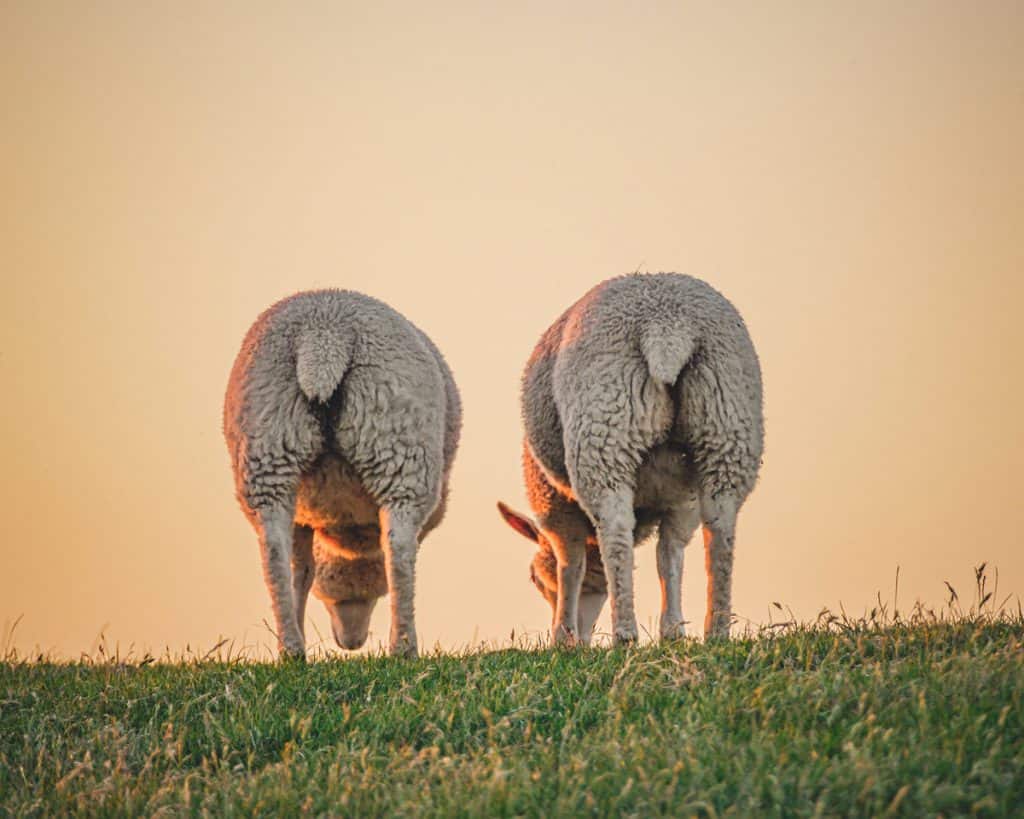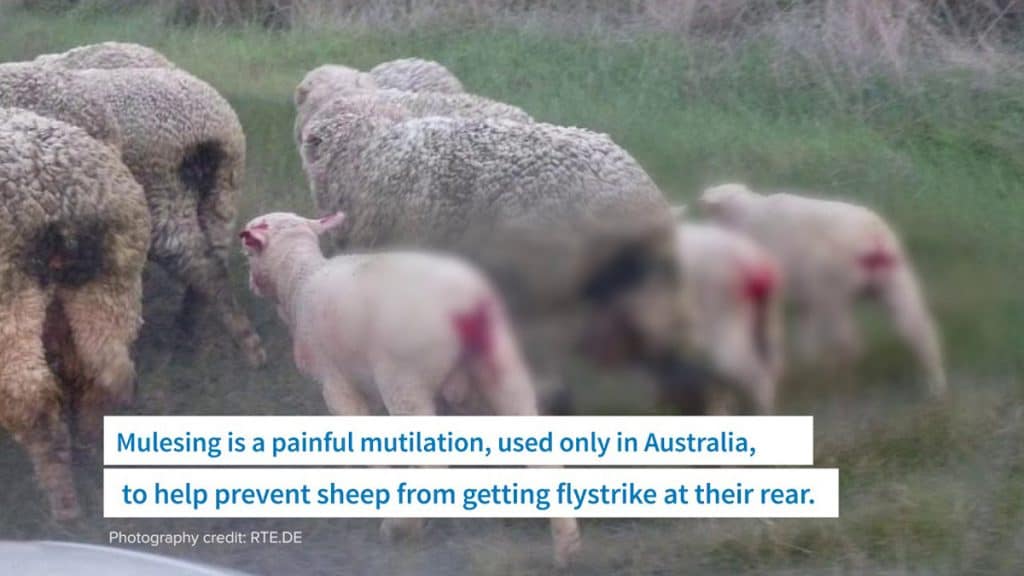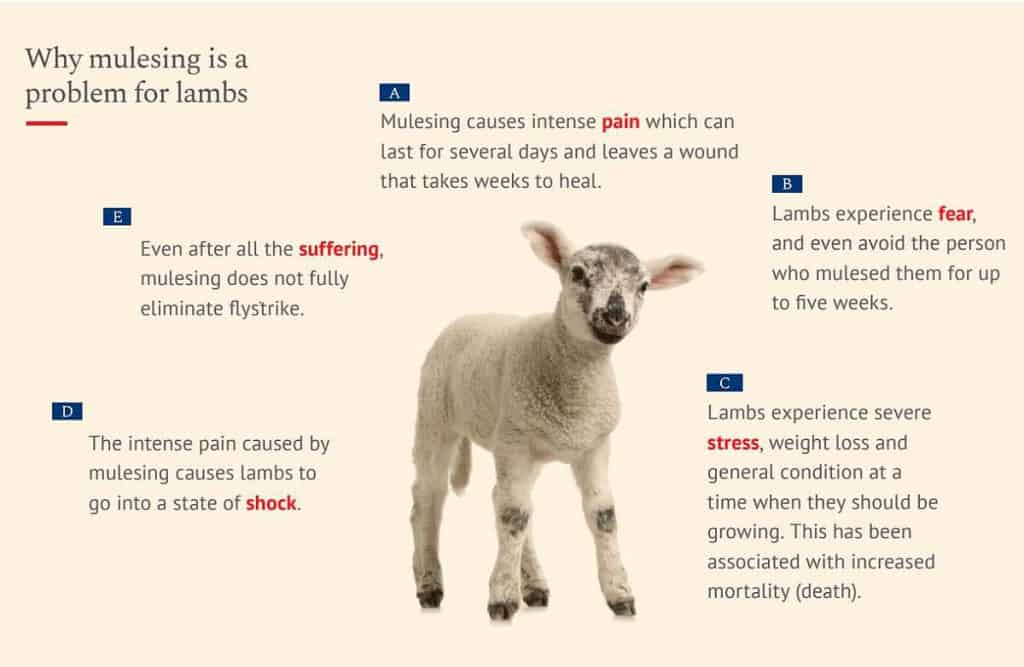In the last article we dealt with the issue of certifications relating to the world of wool, in this regard we cannot fail to mention one of the most discussed topics in the field of wool yarns, especially merino wool, in recent years: mulesing free.
There are many articles on the web that deal with this topic and at the bottom of this article we will mention some, this will not be a particularly detailed one, we will address this topic to give input for reflection for the consumer who must be made aware of the topic. Let’s get to the heart of the matter.
We have seen that the certifications for wool yarns consider the welfare of the animals, so we have to talk about mulesing. Today, in fact, more and more in the field of wool yarns, even before certifications such as RWS and GOTS, the wording mulesing free is sought. The practice of mulesing was born in Australia in 1929, to prevent myiasis infections. It consists in the removal of part of the rear tissues from the sheep, often also the tail. The new tissues that are thus formed are smoother and have no folds in which parasites can settle and cause infections.
This cruel practice is legal in Australia, one of the main breeding countries of merino sheep, and moreover, it does not guarantee the animal’s survival at any cost, but only the increased production of wool. In fact, if the animal survives it will live to produce wool for the rest of its life without being affected by infections. But the sheep is in danger of not surviving due to the large blood loss and the shock caused by this mutilation, that is practiced without anesthesia.
In New Zealand it has been banned in recent years and in South Africa and South America it is not very common and condemned by most farmers.
There are several alternatives to mulesing such as the adoption of localized shearing and pest control or the use of special plastic clamps that reduce, in a non-bloody way, the formation of perianal folds.
There are also groups of breeders who are working to select varieties of merino sheep without the skin folds that favor maggot infestation.
It is therefore important to raise awareness among brands and end consumers in order to increasingly reduce the use of this practice. In the field of knitting yarns there are many spinning mills that have added mulesing free wool yarns in their collections in recent years.
One way to avoid mulesing free non-certified wool is to use recycled wool. In addition to being good for the environment, it certainly excludes the possibility that the wool used in the garments may come from farms where the practice of mulesing is used since waste and old wool clothing are used to produce recycled wool. Both starting materials therefore that do not require a new shearing of the sheep.
Link to AWI website – Australian Wool Innovation Limited page on the prevention of myiasis infections: https://www.wool.com/sheep/welfare/breech-flystrike/
Link to article on mulesing from the Rifò website: https://rifo-lab.com/blogs/blog-di-rifo/alternative-mulesing
Link to article on Filotimo mulesing: https://filotimo.it/lana-mulesing-free/materiali/





